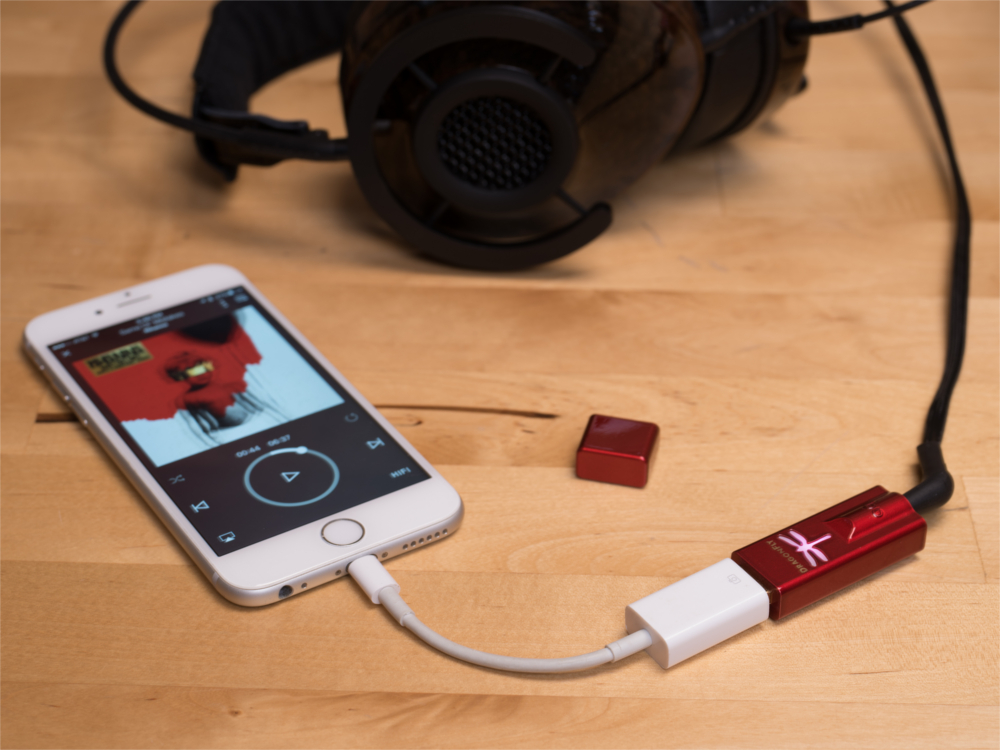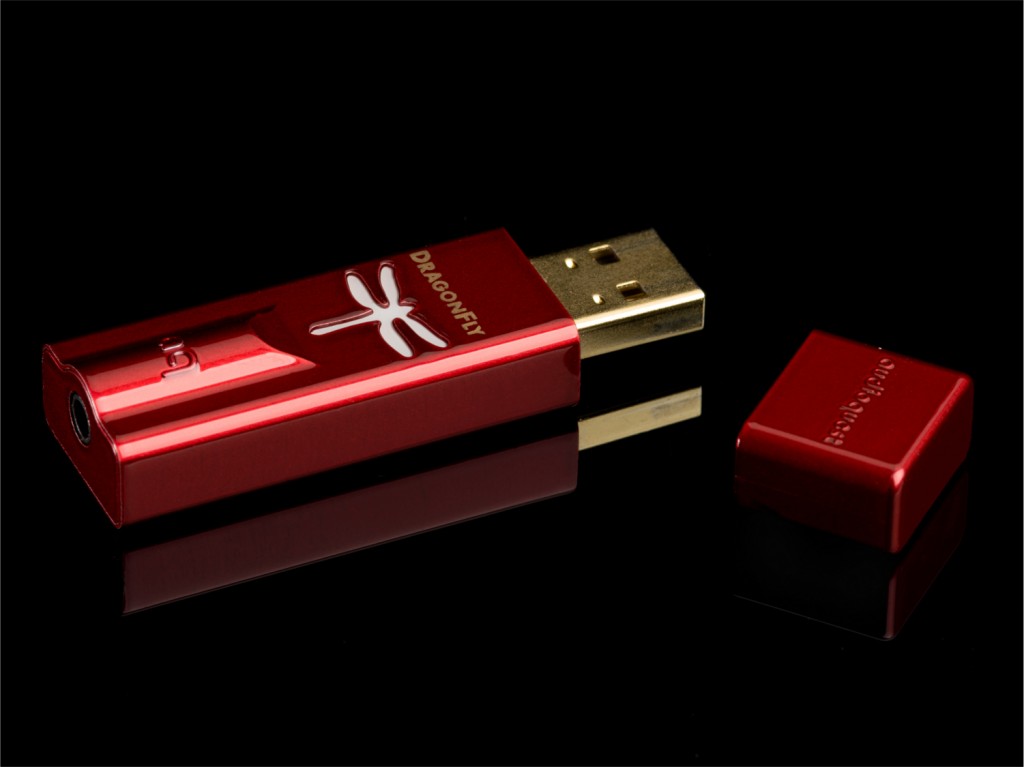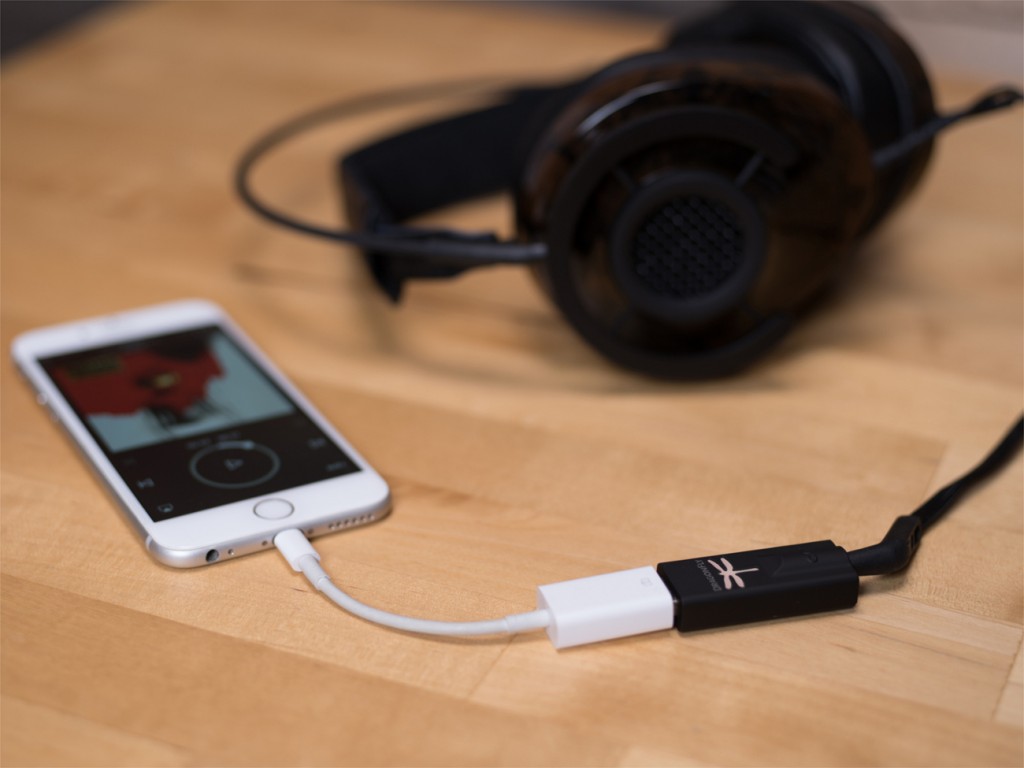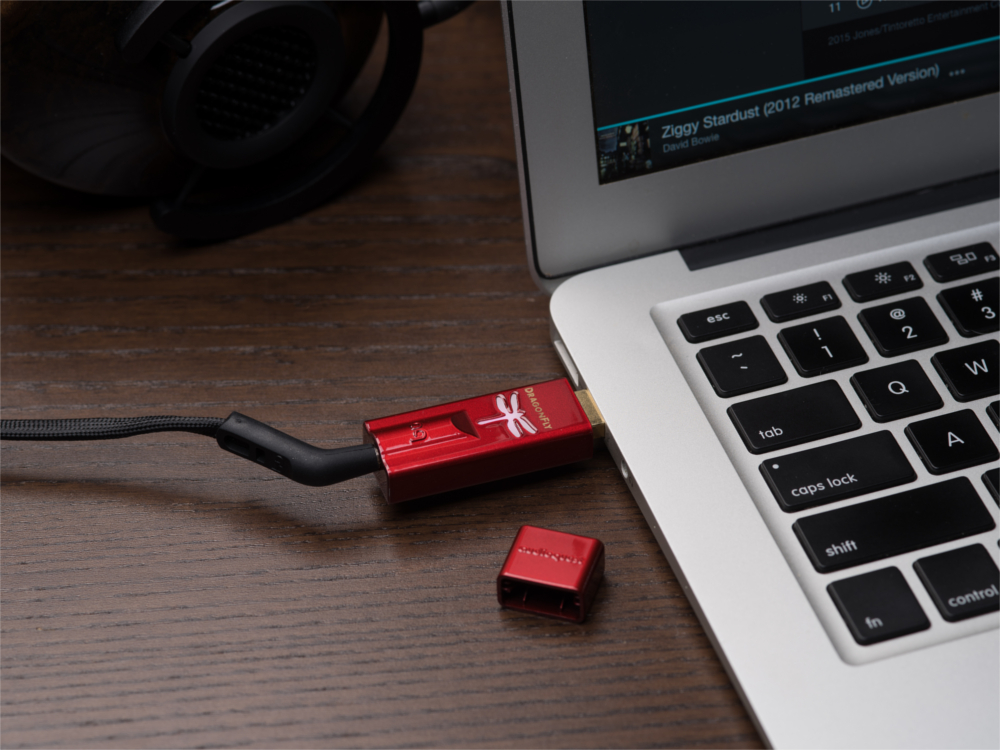
The original Dragonfly took the industry by storm in 2012 as one of the best and most compact USB DACs at its price-point, a reputation strengthened and reiterated by multiple awards, five-star reviews and glowing remarks from consumers and critics alike. AudioQuest has revived the Dragonfly once more, this time with the inclusion of a much-desired feature...
DRAGONFLY BLACK | DRAGONFLY RED
The original Dragonfly, which retailed for £215, experienced great success from the day it was launched. Its accessible price tag and commendable ease-of-use allowed the Dragonfly to exist as one of the rare audio products that bridge the gap between the desires of the audiophile enthusiast and mainstream music lovers.
While the first instance of the Dragonfly set new standards and definitions for the micro-DAC market, its USB power draw meant that it was only compatible with computers. Consumers have expressed a strong interest in a more portable version since it was released, a Dragonfly that could be used with Apple and Android smartphones and tablets reliably. While the original DragonFly defined the market for micro-DACs, its USB power draw made it compatible with computers only.

AudioQuest have just announced the launch of two new micro-DAC options that resolve this issue; the Dragonfly Black and Dragonfly Red. Both are set to surpass the quality and performance of the Dragonfly v1.2 as better sounding, more flexible, longer lasting and better value solutions. AudioQuest unveiled the two models at CES, making the cut for various 'Best of Show' lists, including What Hifi's 'Best of CES 2016' award.

The Dragonfly Black comprises of a high-quality 32-Bit ESS 9010 digital-to-analogue conversion chipset, with minimum-phase filter. This superior technology works in unison with an asynchronous class 1 USB data-transfer to ensure that the signal being decoded is done so without error and with premium quality.

The Dragonfly Red features much of the same componentry and uncompromising design ethics, but makes use of a more advanced DAC chipset (32-Bit ESS 9016) and a higher voltage output. The asynchronous class-1 USB data transfer capability follows into this model, while the analogue volume control is swapped for a more advanced 'Bit-Perfect' alternative. Its high output of 2.1 volts means that it's able to optimise essentially all headphone models on the market today, even demanding models that may otherwise be difficult to power.